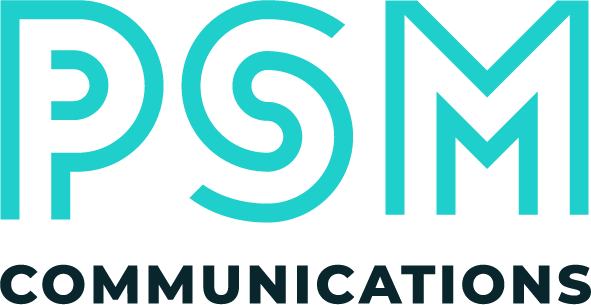It’s planning season again. The silent scramble of teams across firms retreating to their decks, tweaking last year’s PowerPoint, and calling it “strategy.”
Marketing drafts its version. Finance builds a different one. The practice leads have their own spreadsheet (somewhere on SharePoint), and by the time you all sit in a room together, the gap between what’s said and what’s shared feels… uncomfortably wide.
It happens every year!
But 2026 needs a different kind of plan, one that isn’t stitched together from silos but built through collaboration. Because strategy isn’t a document. It begins with a conversation.
The firms that are likely to succeed and stand out next year will be the ones where marketing stops being a function and starts being a connector. Where planning isn’t done to people but with them.
I’ve seen the difference it makes when marketing, finance, and partners roll up their sleeves early, together, before the narrative is fixed, before numbers harden into targets. Suddenly, the conversation shifts from “why marketing needs this budget” to “how we’re going to achieve this goal together.”
Don’t get me wrong, it’s not always smooth. Collaboration can mean friction at times. You’ll have tough debates about priorities, about ROI, about what “good” looks like. But that friction is the point, it sharpens thinking and surfaces blind spots.
Because when partners feel they’ve shaped the plan, they’ll defend it. When finance sees the commercial logic, they’ll back it. And when marketing leads the process with transparency, empathy, and commercial acumen, it earns a different kind of credibility.
The truth is, alignment isn’t a one-off meeting, iIt’s built through regular check-ins, shared dashboards, and ongoing conversations that keep everyone honest.
So as you plan for 2026, maybe skip the “big reveal” deck. Instead, open the room early. Bring people in before the dots connect. Let them help connect them.
Strategy, done right, is a team sport. And teams only win when everyone’s actually playing!

